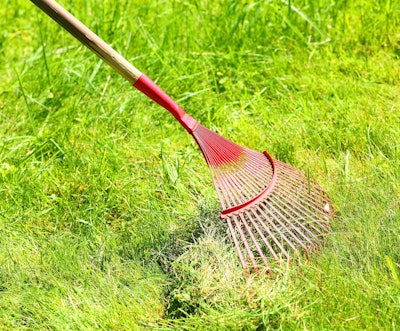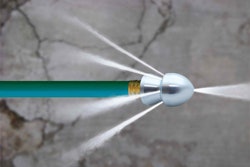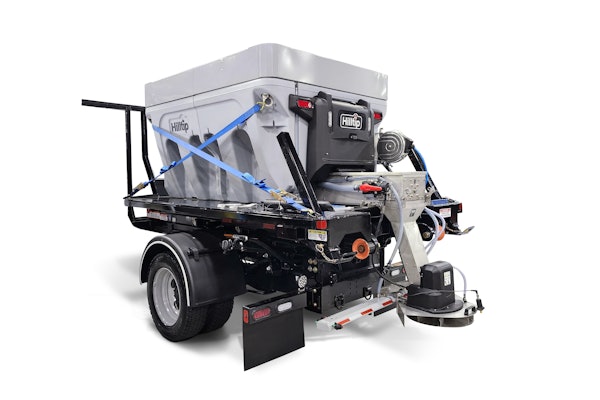

Step one: Rake
Raking your lawn removes dead grass, leftover winter leaves and other debris, allowing you to control thatch and see bare or worn areas that need attention. It also permits new, young grass to grow more easily and increases soil contact when seeding.
Step two: Test your soil
Good soil is one of the essentials of a healthy lawn. Doing a soil test is simple and inexpensive, and it provides valuable information about your soil’s current pH level. Simple amendments like lime or sulfur can be added to neutralize overly acidic or alkaline soil and help your grass thrive.
Step three: Aerate
Older or heavily trafficked lawns can suffer from soil compaction. A core aerator with hollow tines will pull small plugs of soil out of the ground, allowing increased movement of water, nutrients and oxygen into the soil. Lawn aeration can also increase soil contact with new seeds and improve the success rate of new growth.
Step four: Seed
Spring offers optimal conditions for establishing new lawn spaces or repairing thin or bare patches in existing lawns. Expanding your current lawn or repairing high-traffic areas will allow the grass to grow in healthy and strong before summer when the lawn will likely experience the heaviest use. For best results, talk to your customers to help them select the right seed for their area and usage. This will give you the chance to identify which seed is closest to their existing lawn, or suggest an alternate option if they’ve experienced recurring problems. After you plant the new seed, water lightly but regularly to make sure the reseeded areas stay damp until the new grass grows in. Applying a starter fertilizer is an option, though not required.
Step five: Control weeds
The best way to control weeds is to maintain a healthy, lush lawn, which will, in turn, squeeze out the weeds. If, however, you experience problems with crabgrass or dandelions, herbicides may help. Before applying, talk to your customers about which herbicide is right for their lawn and the best way to apply it. Applying a pre-emergent herbicide in the spring before weed grass emerges can reduce problems down the line. Herbicides can kill grass seeds, so if you’ve applied seed, you’ll want to make sure you use a product that will not affect new growth. For dandelions, digging them up is often an effective solution. If not, a broadleaf herbicide can be applied.
Step six: Tune up your lawnmower
Get ready for the first mow by giving your lawnmower a tune-up. Don’t wait until your mower starts acting up. Keep it running smoothly with an annual service that includes changing the oil, changing the spark plug, swapping out or cleaning the air filter and sharpening the blade. Most lawns are ready to be mowed when the grass reaches a height of 3 inches, although newly seeded areas or recently overseeded existing lawns should be mowed closer to 2 inches until the new grass is established. Remember to mow with a frequency that allows you to cut less than one-third the height of the grass. An easy-to-follow rule is to let it grow no taller than 3 inches and cut it to no shorter than 2 inches.










